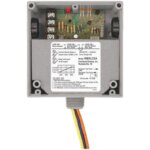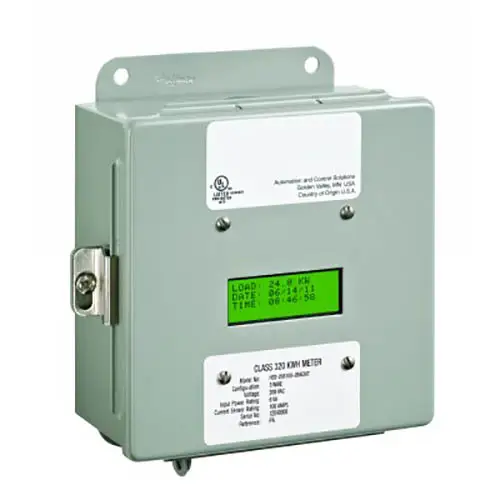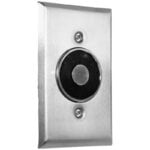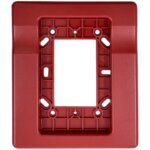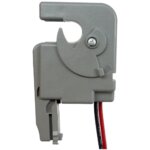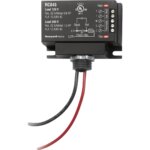Relays
Enhance the functionality and integration of your fire alarm system with our selection of reliable relays. These crucial components enable seamless communication and control between different system elements, such as activating auxiliary devices like door releases, elevator recall, and HVAC shutdown upon alarm activation. Ensure robust system operation and code compliance–explore our relay options today!
Top Selling Relays
$119.99
$34.49
$106.99
$25.99
$59.99
Customer Buyer's Guide
Relays are electrical switches that enable the system to interact and control other vital building safety functions. Selecting the appropriate relay with the correct voltage, current rating, and contact configuration is paramount for seamless integration into your system.
Relay Types
Auxiliary Relays: These are general-purpose relays used for a wide variety of supplementary functions within the fire alarm system, such as controlling door releases, HVAC shutdown, elevator recall, and other building automation interfaces triggered by alarm or trouble conditions.
Control Relays: Relays specifically designed for controlling circuits and initiating actions based on signals from the fire alarm control panel or other devices. This might include activating notification appliances or signaling other systems.
Supervised Relays: These relays have built-in monitoring circuits to detect faults in the wiring of the connected device. This is crucial for ensuring the integrity of critical control and signaling pathways.
Latching Relays: Relays that maintain their state even after the control signal is removed. These are often used for alarm indication or control functions that need to persist until manually reset.
Isolator Relays: Used to isolate different circuits within the fire alarm system to prevent faults in one section from affecting the operation of others.

